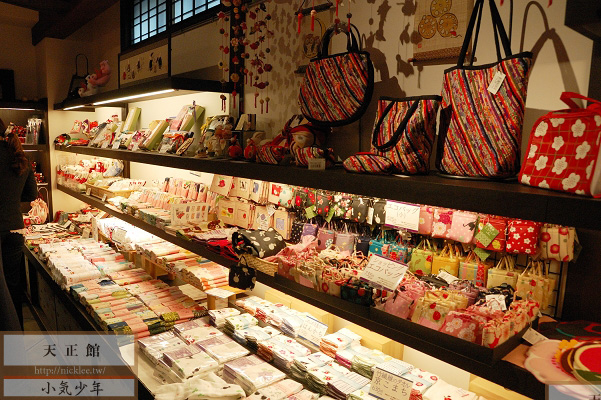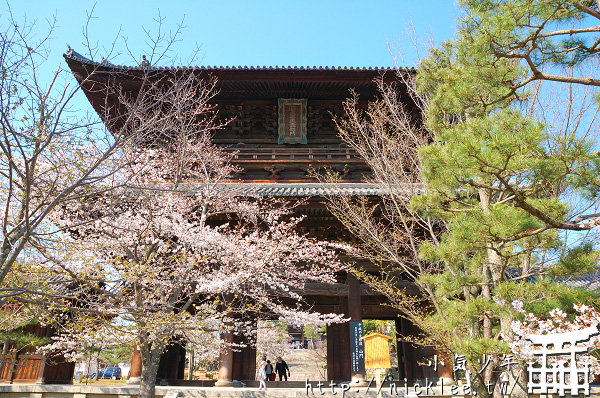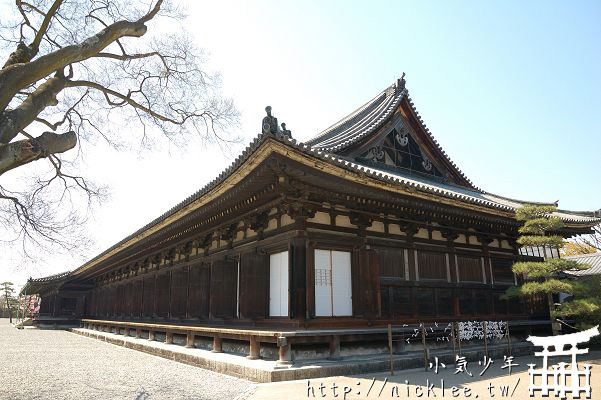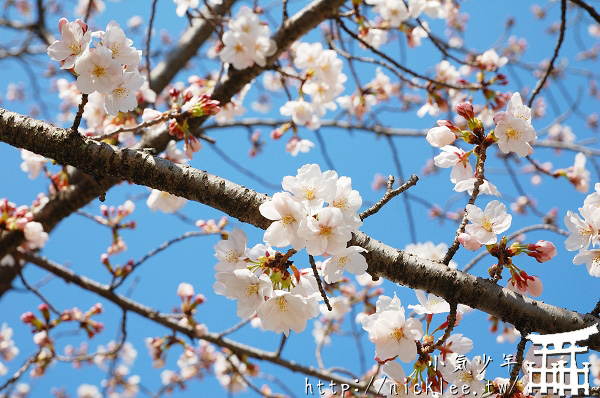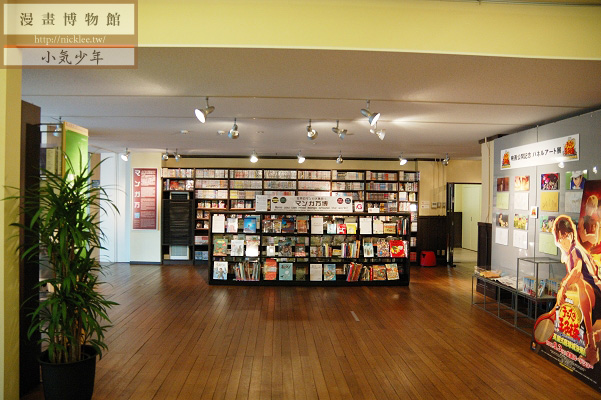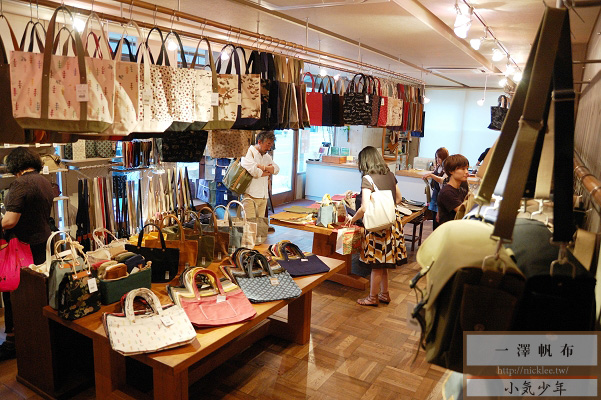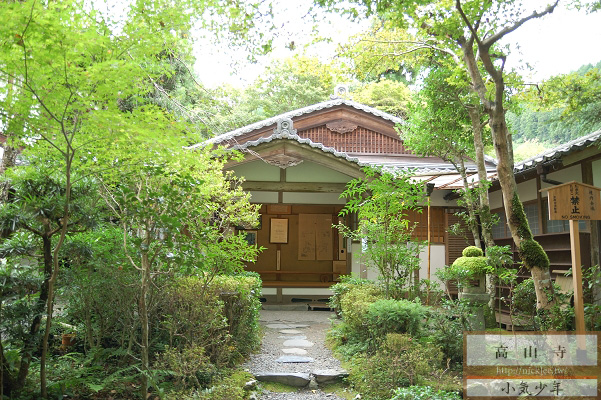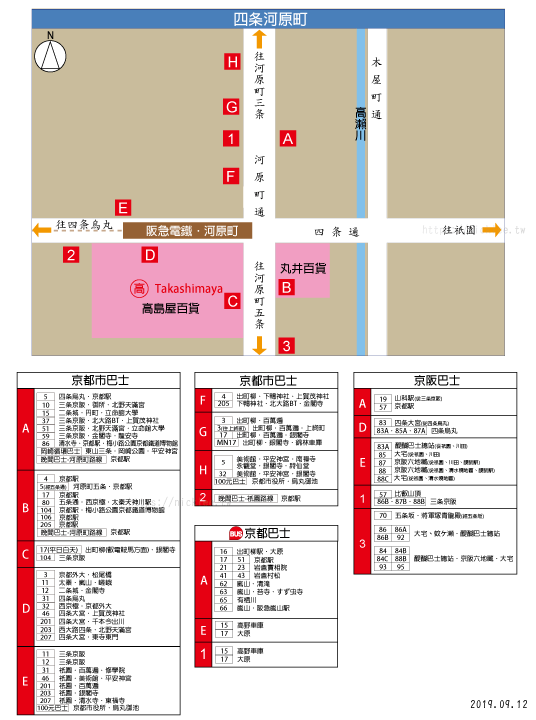During the cherry blossom season in Kyoto, besides visiting famous cherry blossom spots, I personally enjoy taking walks on the lesser-known streets of Kyoto. One of my favorite spots is the area near the Takase River, which runs parallel to the Kamo-gawa.
Category: Travel
Kyoto Japanese groceries Store – Kurochiku Tenshokan
There are many shops in Kyoto that sell Japanese groceries, dolls, and artworks. One of the shops I spent the most time exploring is Kurochiku Tenshokan (Japanese: くろちく天正館), located near the Kyoto Municipal Subway – Shijo Station or Hankyu Railway – Karasuma Station.
The Birthplace of the Shinsengumi – Kurotani Konkai-Komyoji Temple
Kurotani Konkai-Komyoji Temple, also known as the source of Mount Hiei, is a sacred Buddhist site in Japan’s modern history. It has gained some fame, for example, as the place of offering for NHK’s historical drama “Jiang (Princesses of the Warring States)”. In addition, it served as a stronghold for the Aizu Clan (Tokugawa camp) during the end of the Edo period and was the birthplace of the rise of the Shinsengumi. Therefore, it is an important historical landmark.
Sanjusangendo with a Thousand Kannon Statues
Sanjusangendo is probably the most challenging and yet rewarding travel article I have ever written. It’s challenging because photography is prohibited inside the temple, so I didn’t have many photos to use. However, it’s also rewarding because I was able to capture some shots from the outside…XD Anyway, before entering Sanjusangendo, I recommend reading the manga “Acala, the Immovable King” (rated R) and “”Peacock King””. Why? Because the deities and monsters inside the temple are depicted in these manga.
Birthplace of the Shinsengumi – Kurodani, Konkai-Komyoji Temple
Kurodani, Konkai-Komyoji Temple, originating from Mount Hiei.
Although it is a sacred Buddhist site, it also holds a notable place in modern Japanese history…
For instance, it is featured in the NHK Taiga drama “Gō: Hime-tachi no Sengoku” as a memorial site
Additionally, it served as the base for the Aizu Domain (Tokugawa faction) during the late Edo period, and the birthplace of the Shinsengumi.
Thus, it is an important historical site.
Kyoto International Manga Museum
I remember when I was a child, from Doraemon, Dragon Ball, YuYu Hakusho, Slam Dunk to the current Naruto, One Piece, it can be said that it is the generation of manga. Strictly speaking, without manga, there would be no nicklee, huh? The Kyoto Manga Museum is located in the city center of Kyoto, inside this building. However, the front is a restaurant and the back is the museum.
Kyoto Summer – Jingo-ji Temple
Jingo-ji Temple is a renowned spot for maple viewing in the Takao area. Although it is not listed as a World Cultural Heritage site, it has a relatively high reputation. However, in September, you won’t be able to see a full blanket of red maple leaves. Even in the mountainous city of Takao, it’s the same.
Popular Kyoto Canvas Bag Stores – Ichizawa Hanpu、Ichizawa Shinzaburo Hanpu
Ichizawa Hanpu has been famous for a long time, but due to a family split incident, it has declined a bit and became two different brands, Ichizawa Hanpu and Ichizawa Shinzaburo Hanpu. Now they are back together, operating under the name Ichizawa Shinzaburo Hanpu.
Kyoto World Cultural Heritage – Kozan-ji Temple
Kyoto is a city in Japan that has the most World Cultural Heritage sites. One of them is the Kozan-ji Temple located in the Takao area. The Kozan-ji Temple is not famous for its scenery, but for its collection of famous artifacts. Therefore, visiting here during a season without cherry blossoms or autumn leaves is relatively peaceful.
Introduction to the Bus Stops in Shijo Kawaramachi
There are many bus stops in the Shijo Kawaramachi area of Kyoto, and it can be quite chaotic. It’s best to have a sense of direction so as not to get confused with the stops. Let me first introduce the types of bus stops you will encounter here.



